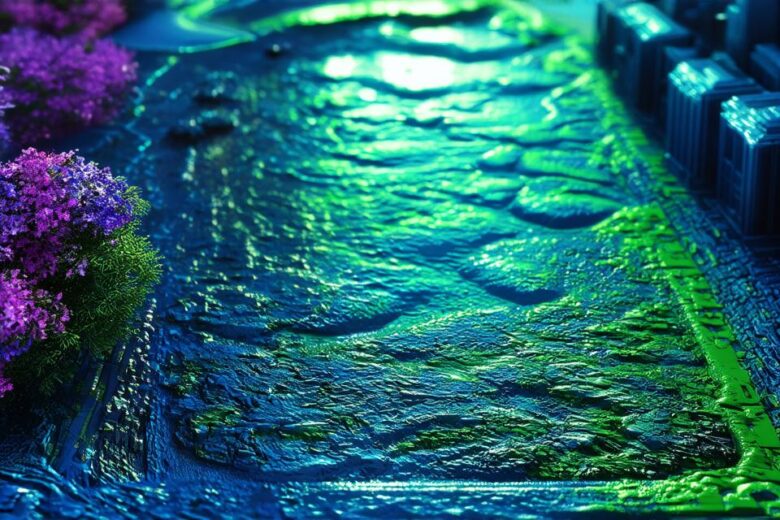Augmented reality (AR) is a technology that enhances the real world with digital elements such as images, sounds, and animations. AR applications require 3D models of objects and environments to create an immersive experience.
Choosing the Right 3D Modeling Software
There are many 3D modeling software available in the market such as Blender, Autodesk Maya, SketchUp, and 3DS Max. These software have different features and capabilities. For example, Blender is a powerful and open-source software that is suitable for creating detailed 3D models. Autodesk Maya is a professional-grade software used in the film and game industry.
When choosing the right 3D modeling software, consider your skill level, budget, and project requirements. If you are a beginner or have limited resources, Blender or SketchUp may be the best choice. If you are working on a large-scale project with complex requirements, Autodesk Maya or 3DS Max may be more suitable.
Creating the Base Model
The first step in developing a 3D model for AR is to create the base model. This involves sketching out the design of the object and creating a wireframe or skeleton to define its shape and structure. Use a 2D drawing software such as Adobe Illustrator or Sketch to create the design.
Once you have the design, import it into your chosen 3D modeling software. Start by creating the basic shapes of the object using primitive objects such as cubes, cylinders, and spheres. Use Boolean operations to combine and subtract these objects to achieve the desired shape.

Adding Details and Textures
Once you have created the base model, add details and textures to make it more realistic and engaging. Use reference images or 3D scans to add accurate textures to the object. You can also use material mapping to apply different textures to different parts of the object.
Adding lighting and shadows can also enhance the realism of the 3D model. Use HDRI maps or create your own light sources to achieve realistic lighting in the scene.
Exporting the Model
Once you have completed the 3D model, export it in a format that is compatible with AR development platforms such as Unity or Vuforia. These platforms require 3D models in specific formats such as OBJ or FBX.
Make sure to optimize the model for use in AR by reducing its polygon count and ensuring it has a low memory footprint. This will improve the performance of the AR application on mobile devices.
Conclusion
Developing 3D models for augmented reality requires creativity, technical skills, and attention to detail. By following the steps outlined in this article, you can create engaging and immersive 3D experiences that enhance the real world.
